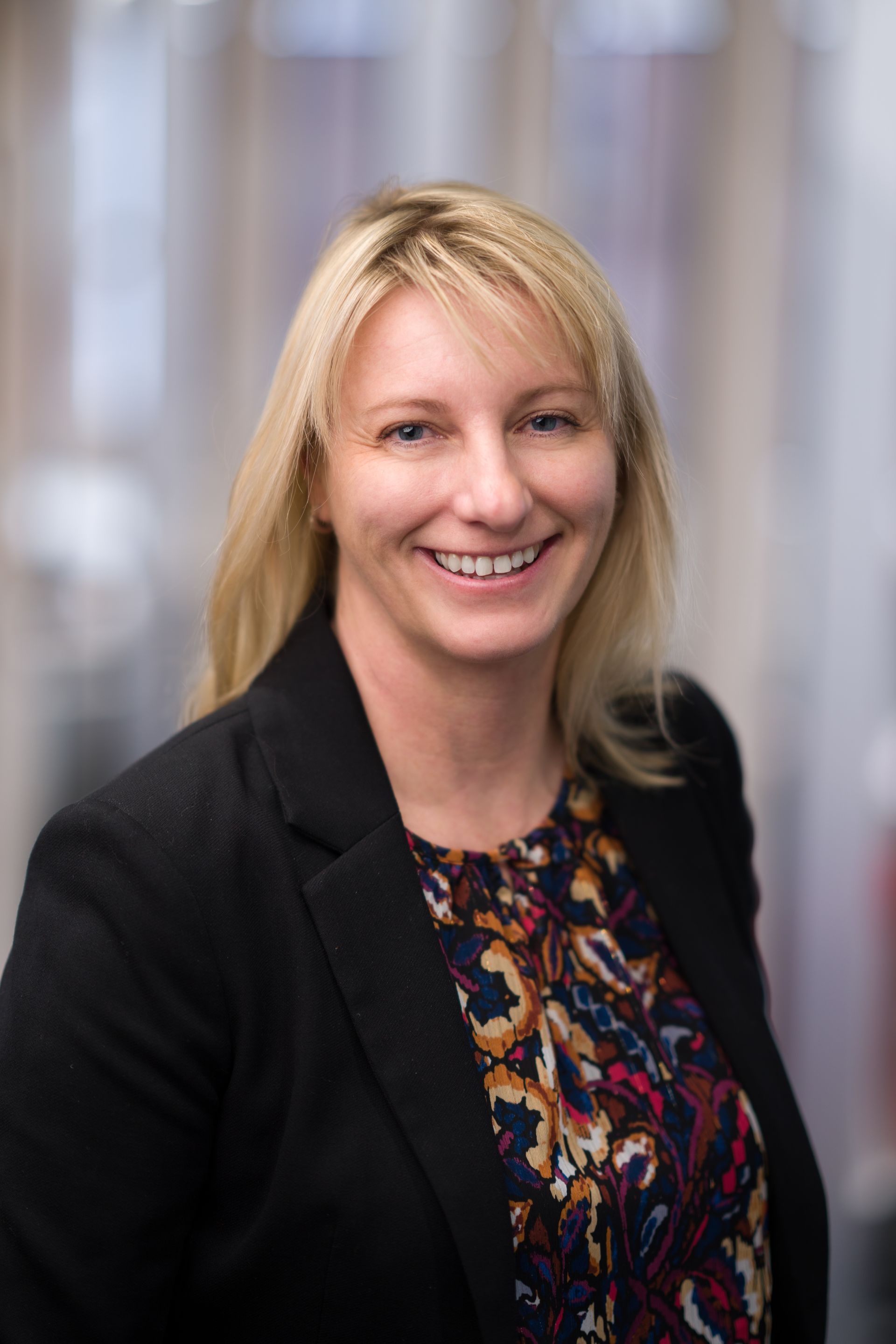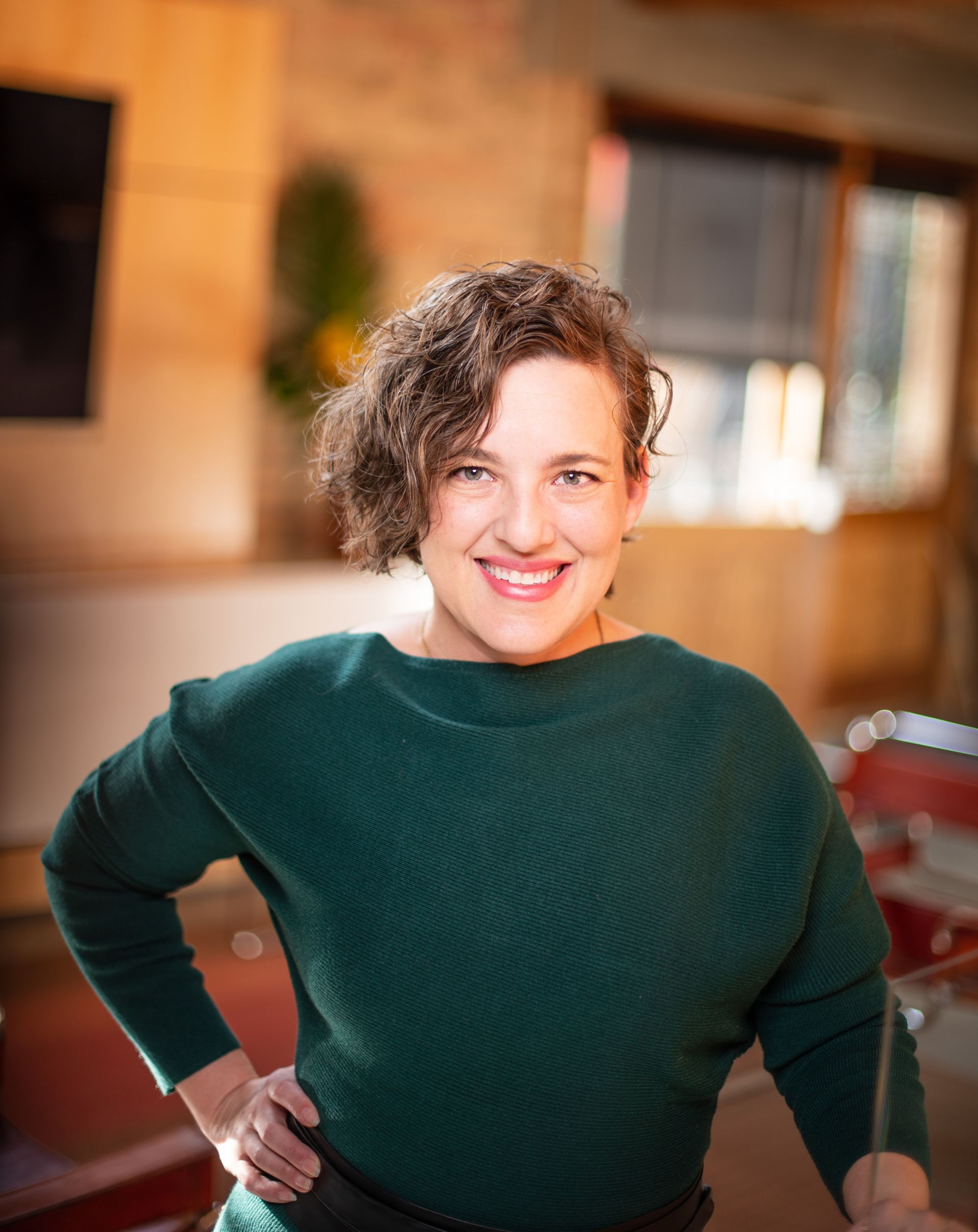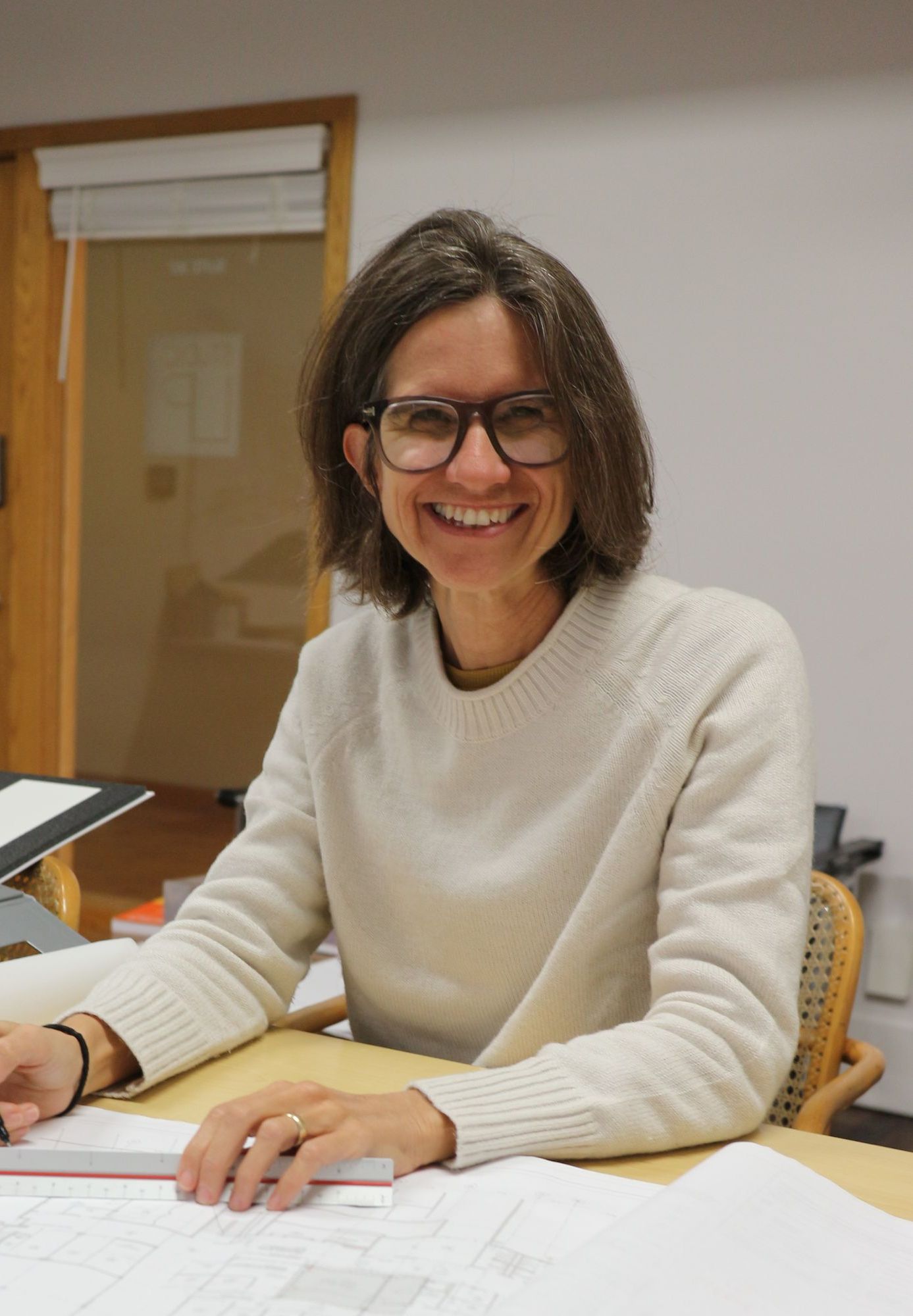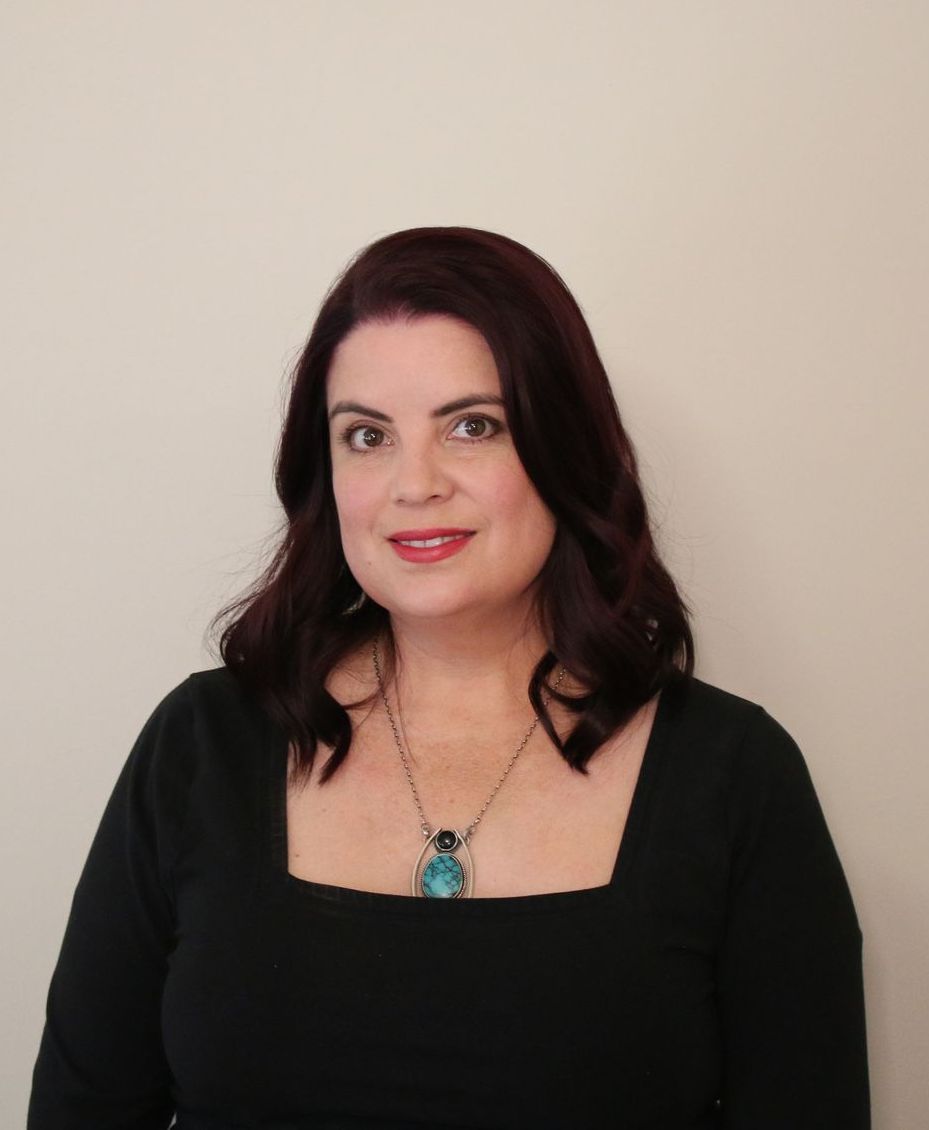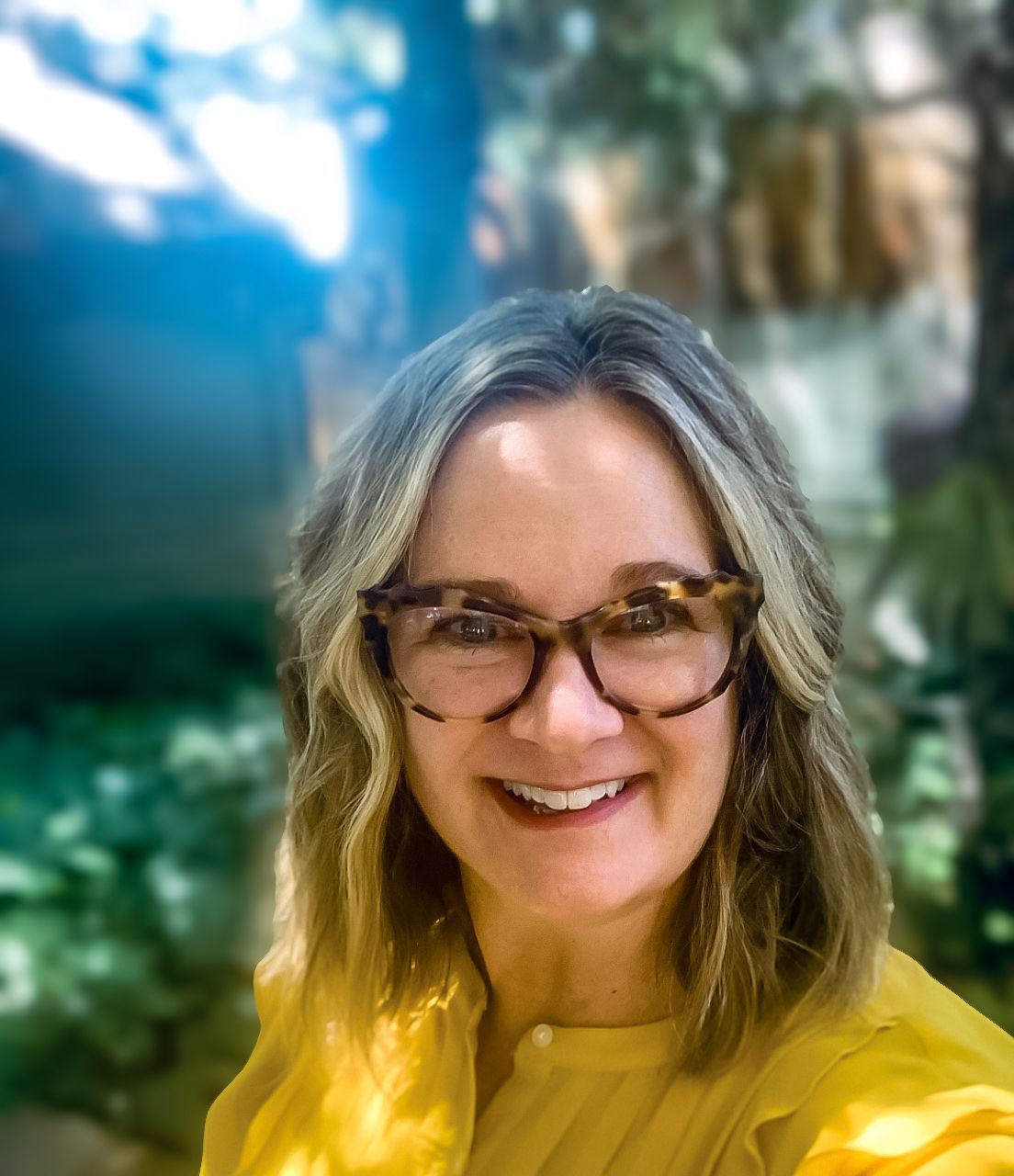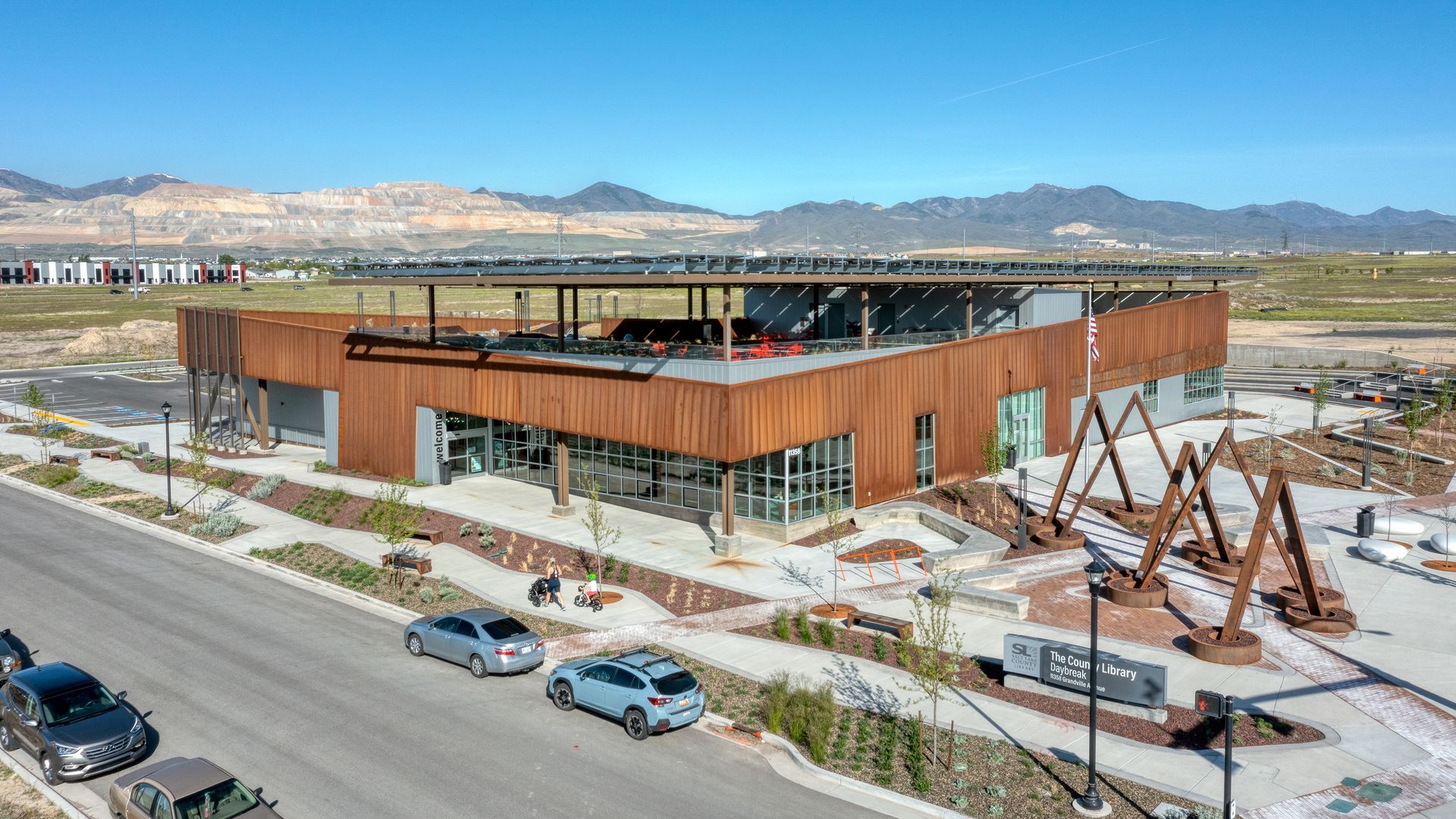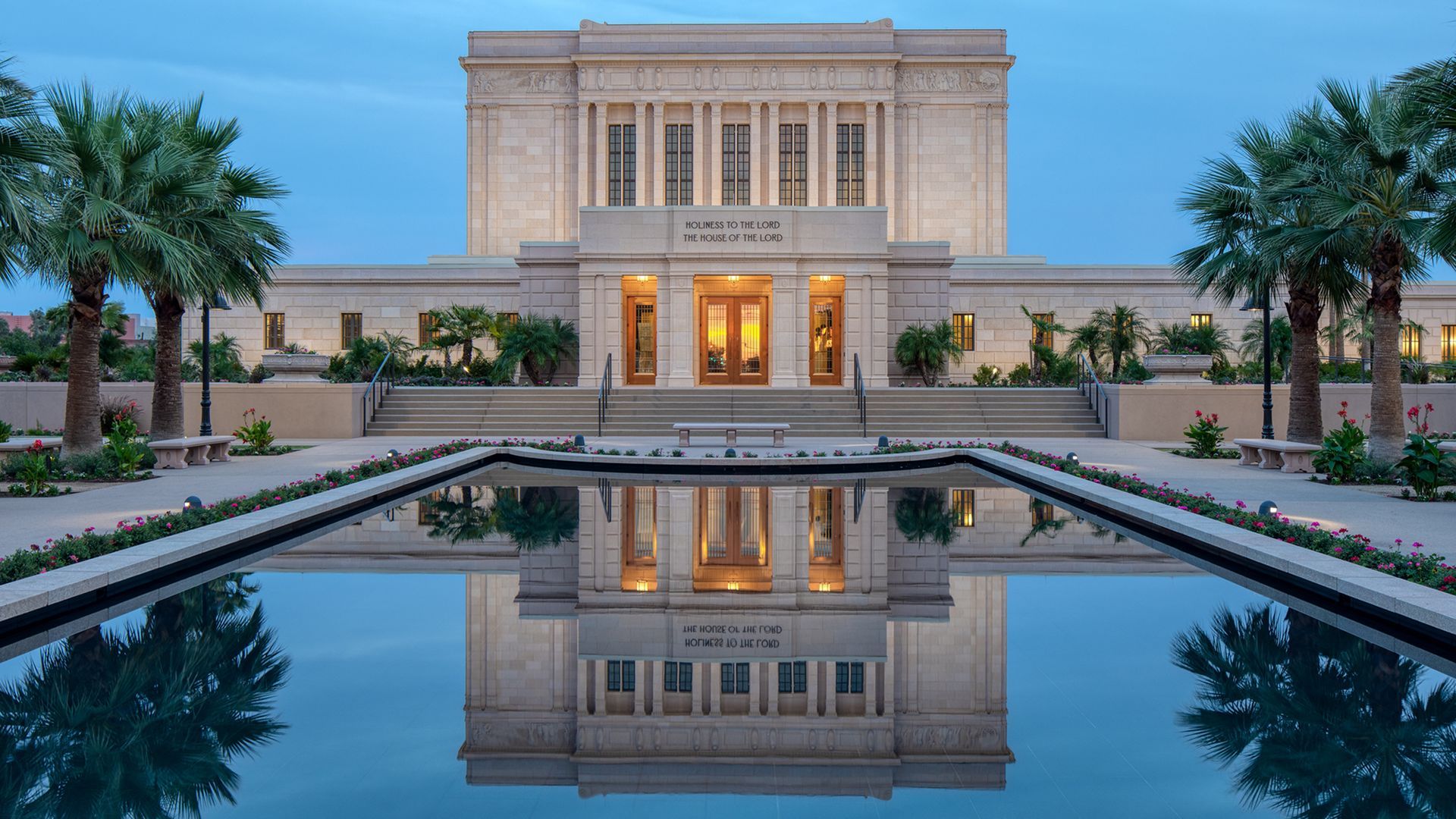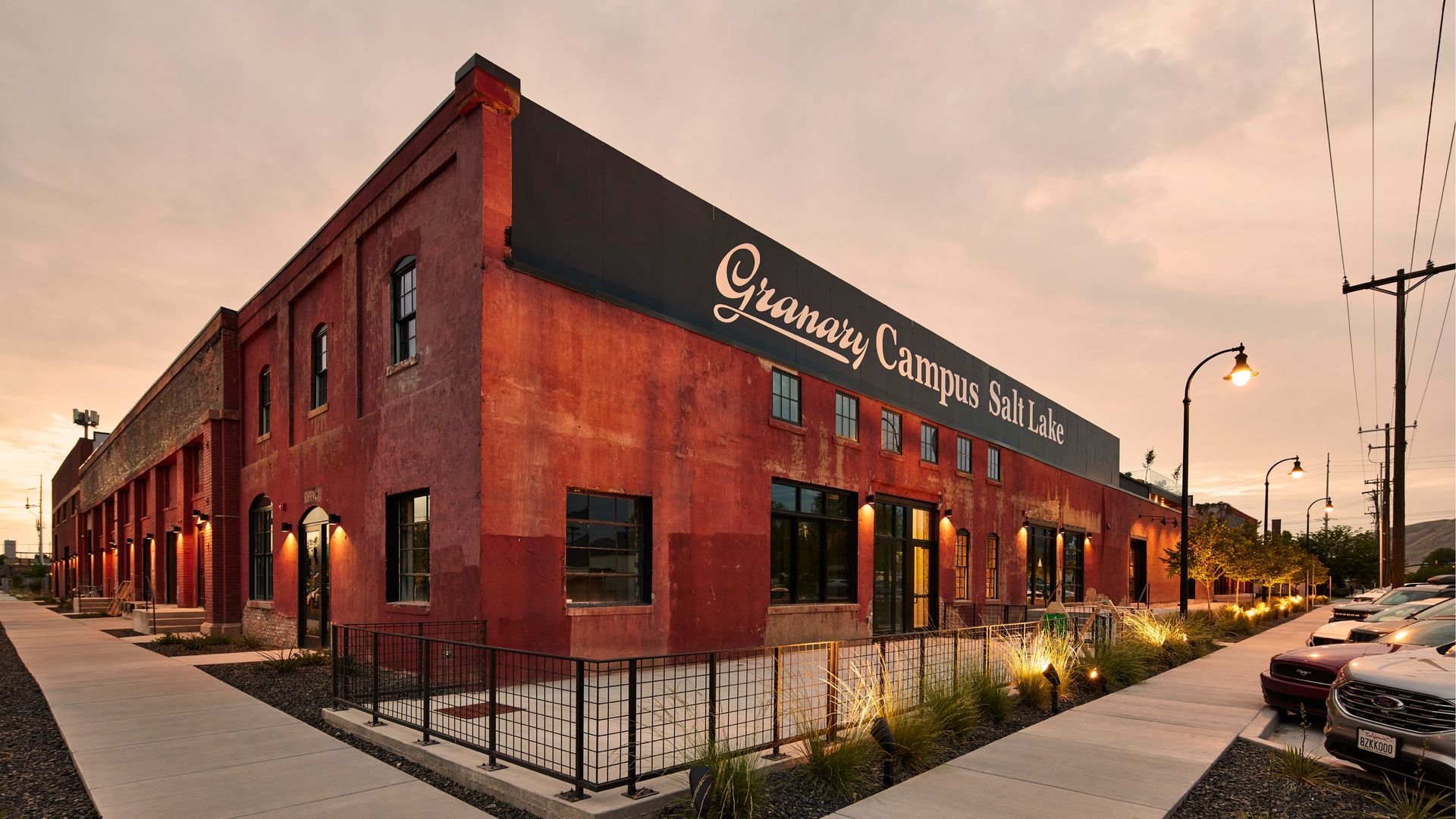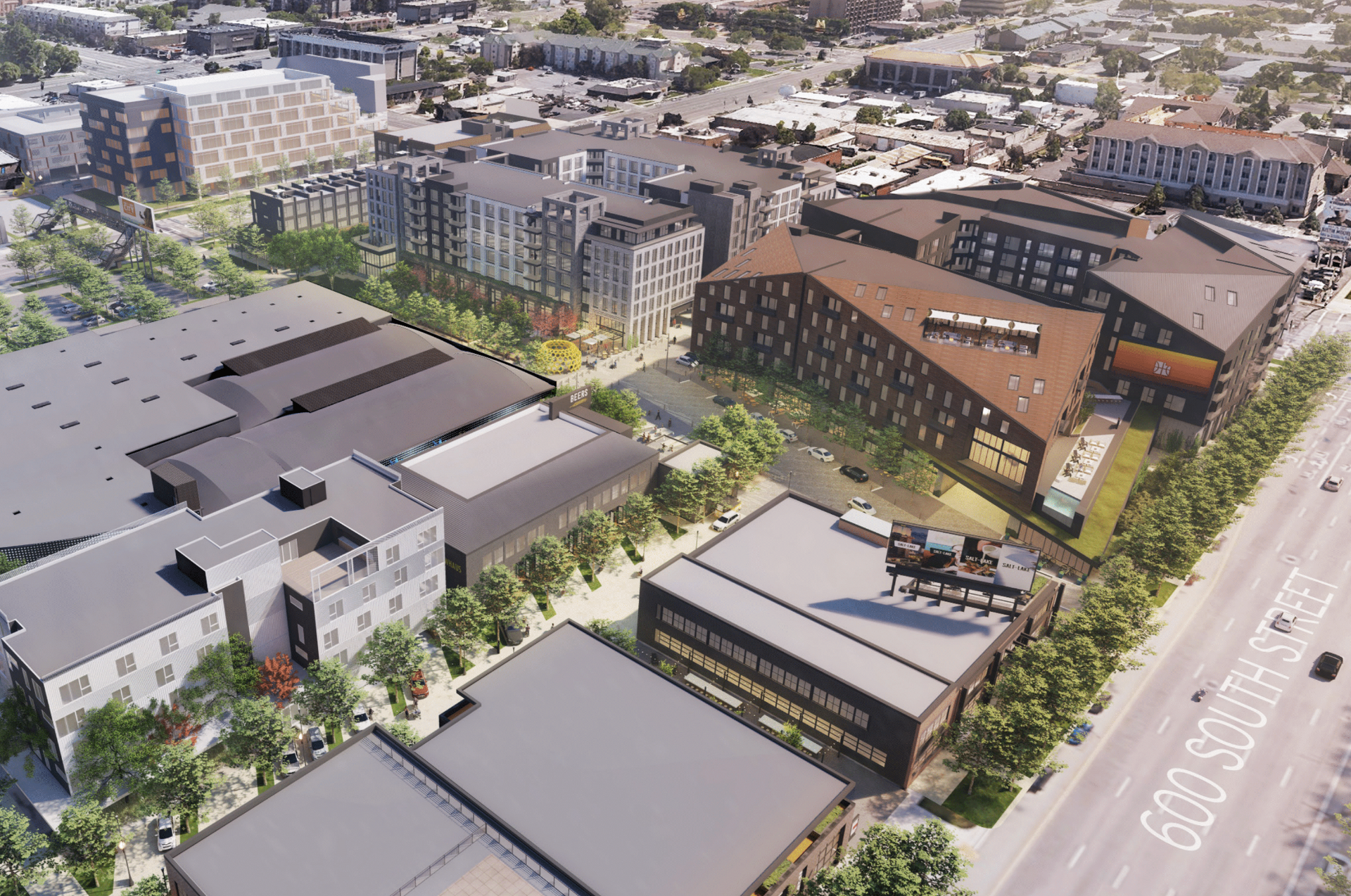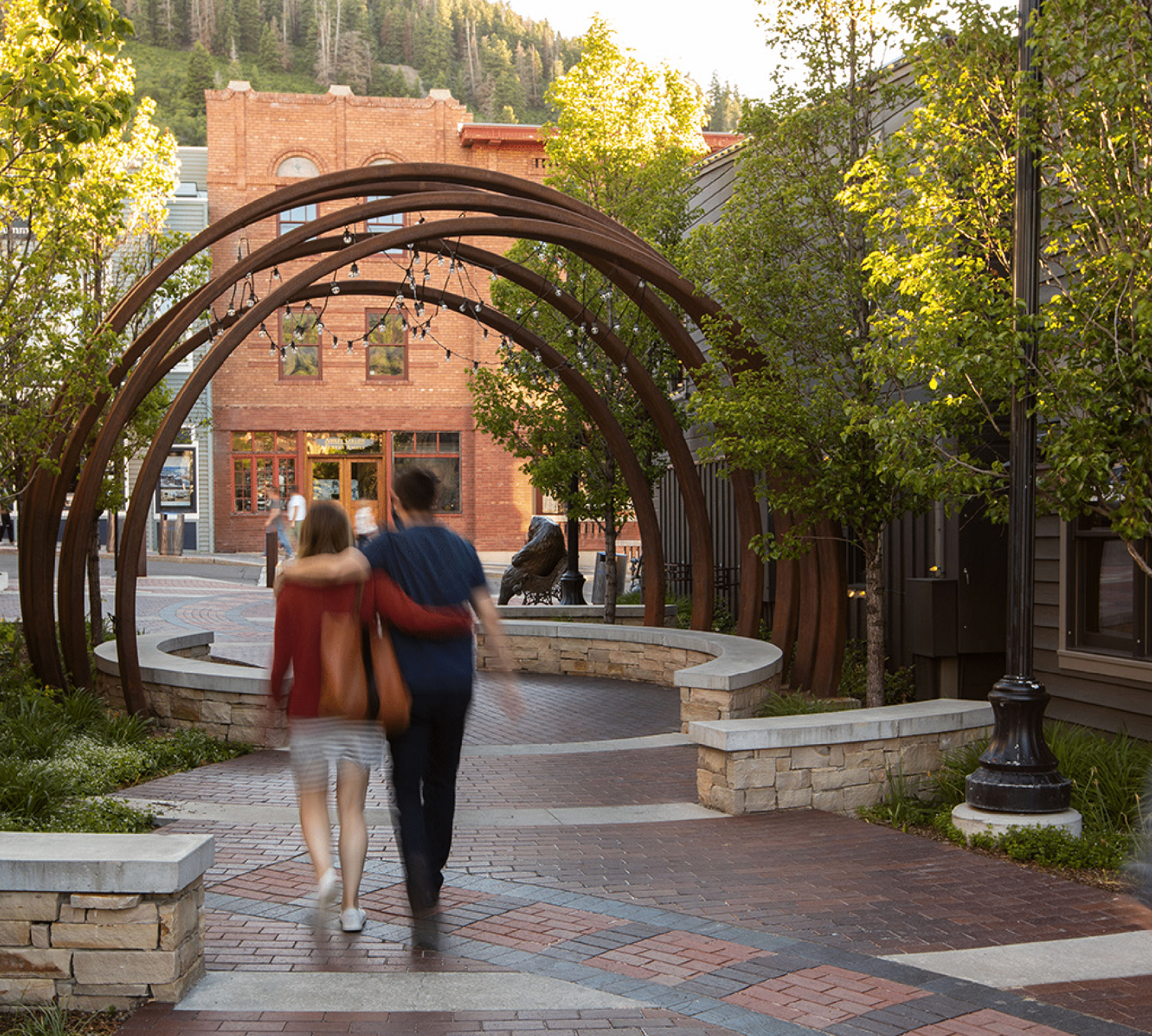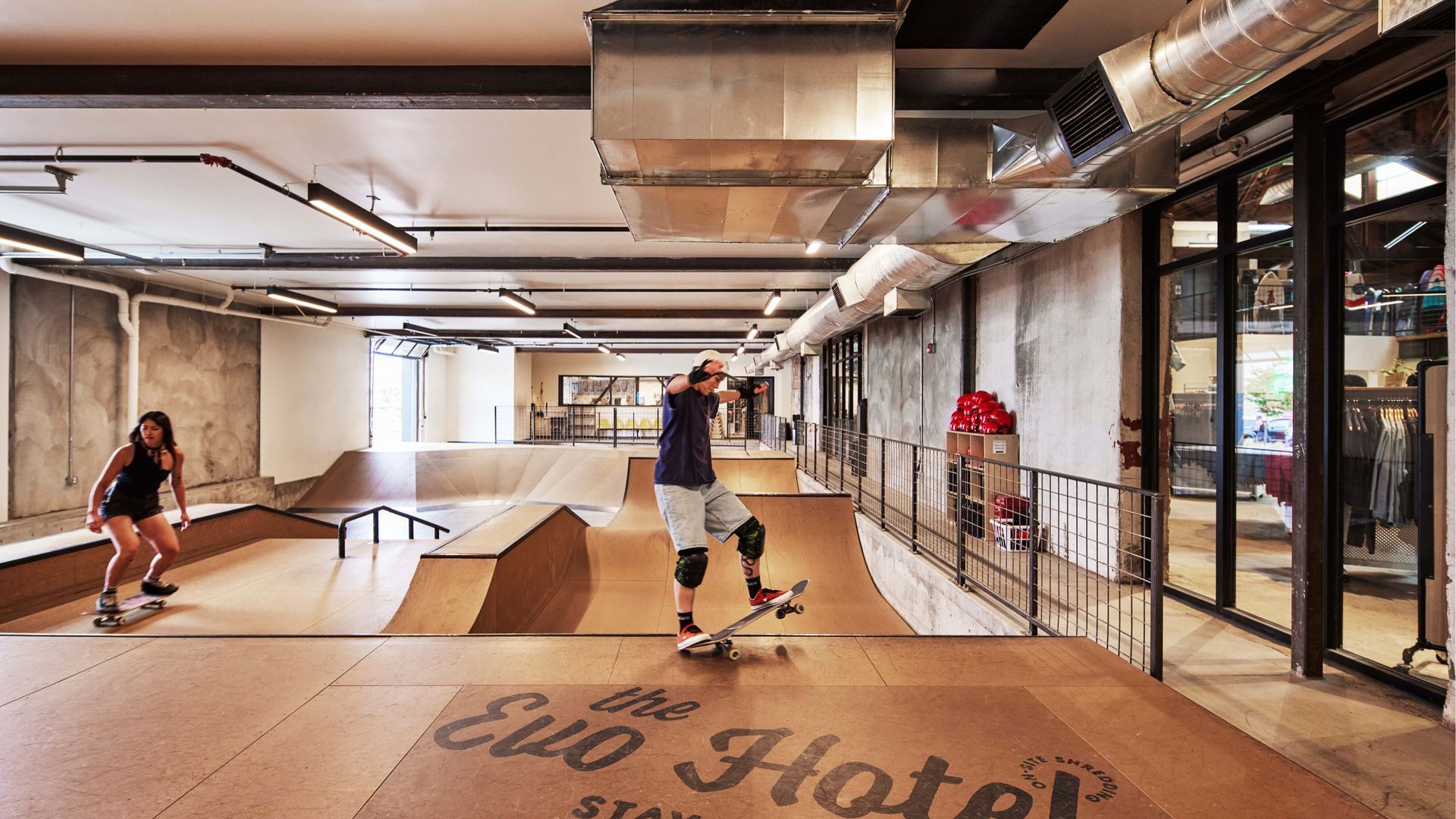Roberts Enjoying New Role
Unlike architects who knew they wanted to be architects since fourth grade, people who administer and support the architectural profession often started in a very different direction and happily stumbled into the architecture world. So it was for Angie Harris Roberts, who began as AIA Utah’s Executive Director in March of 2023.
Roberts always wanted to be an attorney. After earning an undergrad degree in Economics, she attended law school at the University of Utah (the U) -- and didn’t like it. “It didn’t seem very personal. I didn’t think it was an area that I could make a difference.” She acknowledges now that there are more opportunities in law to do that, but when she graduated and passed the bar exam, she announced, “I am not going to practice law." She went into the non-profit sector instead and loved it.
While in school, Roberts worked at the U in development. This prepared her for subsequent positions at Guadalupe School, the Ouelessebougou Alliance, and a non-profit in Botswana called Stepping Stones.
Eight years ago she landed at the University of Utah’s College of Architecture and Planning as its Development Director, working with then-Dean Keith Diaz Moore.
Roberts’ years at the College grounded her in the industry’s processes, principles, and vernacular. She was really impressed with how hard the students worked to get that degree, “all were working in firms. They were in the building all day long. The commitment is strenuous, and that continues into their careers.”
Critically, she also learned about the Utah architectural community, and forged partnerships with architects in the Utah firms–many of whom are alumni of the University of Utah.
“When this opening came up it was a perfect opportunity," she said. "I feel like I have a good understanding of the architecture community in Salt Lake City. Over 25 years in the non-profit sector, this is the first time I have worked for an association. Honestly, it is a pleasant surprise.”
Roberts is appreciative of just how committed the core group of board members is both to the chapter and to the profession. “They really believe in the value of an AIA membership," she said. "They believe in the vision and the mission of the organization, as well as helping to focus the profession with a view to the future.”
In addition to Roberts, the AIA Utah Chapter has added Joe Mangum to the staff as Office and Programs Manager. “Both Joe and I have felt very welcomed. We are grateful for the hard work of the current board, committee members and allied partners. They are the ones that truly drive the mission, that really do the hard work.”
Roberts sees a lot of opportunity to improve what the chapter offers members. “We can do a better job of serving all members of AIA, solo practitioners, members in different areas of the state like St. George and Cache County.”
Partnering with sister organizations like AIAS, Women in Architecture, NOMA, and UCFA gives the broad architectural community the chance to focus on the differing needs of a diverse membership. This can mean everything from networking events, to mentoring possibilities, to initiatives that educate members in design, practice, business, marketing, thus enriching the pipeline of new talent.
Roberts says, “When you fully recognize the impact that architecture has on our community –the health, safety and welfare of the community at large – it has to be a profession that is continually evolving. The AIA does more than just give credibility that an architect has the confidence of their peers that they are competent, it helps design professionals keep step with the advances of a changing world.”










